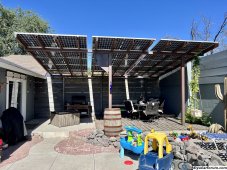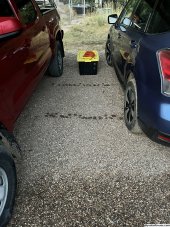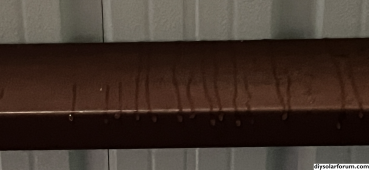Hey, thanks for sharing.
My solar panels have an indented area on the side profile of the aluminum. It feels like a perfect place/size for a rubber garden hose to go. Then you just push the panels and the hose acts a bit like a gasket. It wouldn't be perfect for drips I'd argue it doesn't have to be. But you'd also have a free system to cool a part of your panels and heat some water, which humans always find a use for. I think it could be done in a very stealthy way.
Your bifacials look flat on the sides, which I guess could still work in a similar way. If the flexible garden hose has a cross section of 20mm, you essentially mount the panels at like 18mm apart. Maybe super leaky over time and seasons changes, not sure. It still seems 99% better than a 1" gap (which I still think would be fine actually).
It just seems more useful than paying as much for some foam tape.. I assume there are garden hoses or tubing designed to last a while in the sun, but maybe that is a stupid assumption.
Can I also ask, subjectively, how much different does it feel to have partial sun coming through the glass vs when it was all wood? Those bifacials seem so cool and infinitely better to look at than just white plastic.








